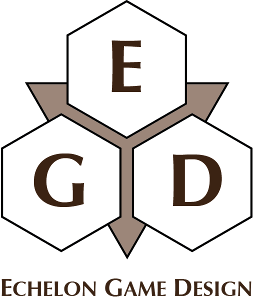Today I had a conversation on Google+ about using 3d6 for task resolution (something I wrote about here a couple years ago… it’s nice to know I came to much the same conclusion, modulo the ‘Other Thoughts’ section that was predicated on things that have changed). I still think it’s a good idea, but one of the commenters suggested dice pools.
I noodled this idea for a bit. I think I see a way that could work, without getting totally crazy with the size of the pool.
- Your dice pool has a number of six-sided dice equal to one more than your tier (Basic = 1, Legendary = 6; you will have 2..7 dice in your pool).
- When called on to make a check, roll the dice and count successes (4, 5, 6) and complications (1).
- If you want, you can spend successes to cancel complications, one for one; or
- You can accept complications.
The actual determination of success is simple.
- Degree of success is equal to the number of successes you have at the end.
- Degree of complication is equal to the number of complications you have at the end.
- You can have both successes and complications.
So, if you are Master tier and rolling 5d6, and you get four successes and one complication, you could spend a success to cancel the complication, resulting in three successes… or accept the complication and have four successes (enough to kill your opponent, say, but your sword is stuck in his body and his friends are coming).
How well will this work in practice? I think I need to figure out “Pascal’s Pyramid” — like Pascal’s Triangle, but three-phase (3/6 success, 2/6 failure, 1/6 complication) so I can count successes and complications at different tiers and numbers of dice.
This is called “multinomial distribution”. Thanks GreyKnight.
And figure out what to do with training. Granting extra dice (one per tier of training) gets to silly numbers of dice in the end. Adjusting the target for each die has a huge impact on success frequency. I considered having training allow you to cancel a single complication per tier of training, if a success is available (without spending a success, that is). What about changing the dice, so each tier of training lets you roll d8 instead of d6? Though rolling d8 with a target of 4 gives you almost as much an improvement as rolling d6 with a target of 3, but it does keep the failure:complication ration consistent.
Maybe I’m using the wrong dice in the first place, and I should be using d8s with (5, 6, 7, 8) as success and (1) as complication. Being reduced to a d6 (disadvantage of some sort) means you succeed only on (5, 6), and going to d10 means you succeed on (5, 6, 7, 8, 9, 10). Something else to think about.
I have shifted to using d8s as my baseline, so I have room for a step below (d6s) as well as two steps above (d10s and d12s) without, I think, harming the system.
I have done some heavy lifting to satisfy myself of this, generating frequency tables for all (homogeneous) sets of dice at all tiers. I didn’t get into the mixed-dice cases (2d10+2d8 for a Heroic character with Basic training with a talent), but it is evident to me that it will land somewhere between the “Heroic d8” and “Heroic d10” frequencies.

Pingback: Task Resolution Using Dice Pools: Heavy Lifting | Echelon d20 - An RPG framework based on the d20 system.